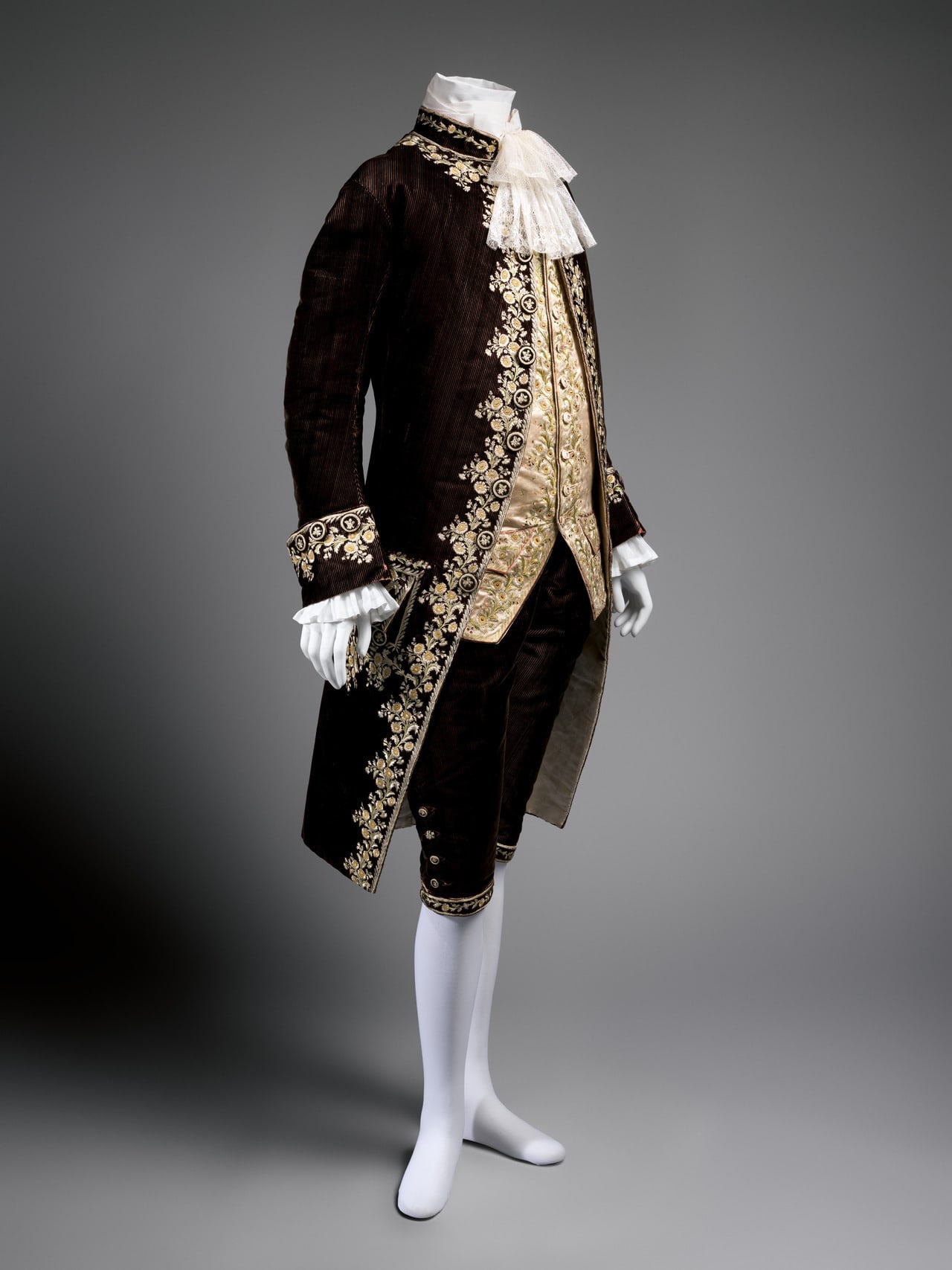
ADVERTISEMENT - CONTINUE READING BELOW
27. Fashion and Choice of Clothing Used to Mark Rigid Social Divides
In the days before the French Revolution, what people wore and their choice of clothing served as a visible marker of aristocratic privilege and social status. In the Middle Ages and well into the early modern period, for example, sumptuary laws reinforced social hierarchies and regulated what people could wear, based on their social rank. Ancien regime France’s high fashion was derived from the French court’s dress code, in accordance with rigid norms of etiquette introduced by King Louis XIV. In the eighteenth century, as the French court and government grew increasingly corrupt and outdated, the fashion associated with the regime came to be seen by the enlightened as outmoded symbols of corruption.
The fashion divide was at its most obvious in the early days of the French Revolution, when the king was forced to call the Estates-General – an assembly of the aristocracy, the clergy, and the commoners. The aristocrats of the First Estate were clearly marked by their extravagant coats, cloaks, and vests, embroidered with gold; breeches; and powdered wigs; and expensive hats adorned with feathers. The clergy of the Second Estate was dressed in elaborate robes of purple, red, and gold. Everybody else in the Third Estate was dressed in plain suits, with white shirts and simple hats. That stark disparity, visible to all and sundry, would have a major impact on the future of fashion.

